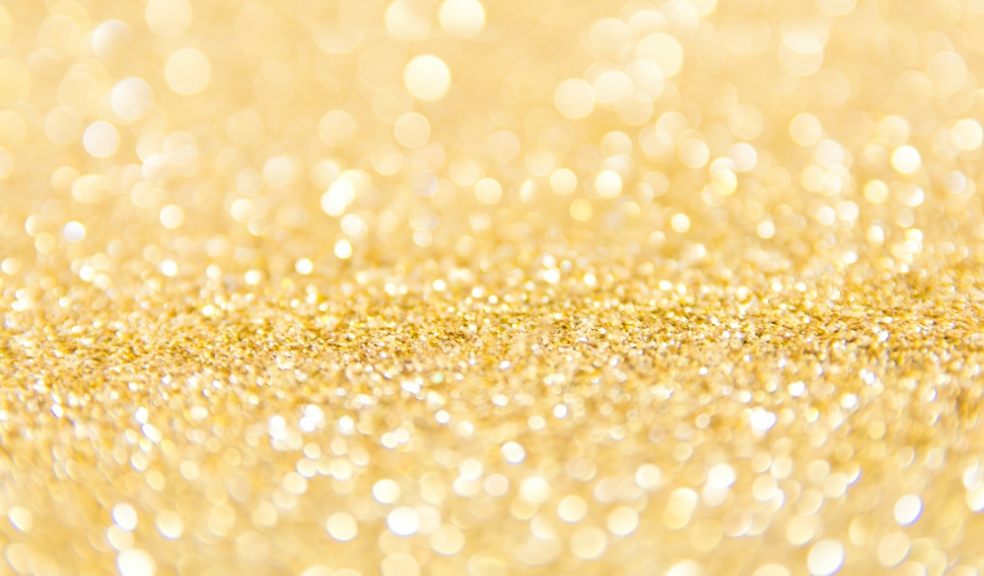
Why the art of gold beating is still relevant today
Due to the advancement of technology, many skills have disappeared. For example, only 50 years ago switchboard operators were common, but today this job has disappeared. This is not the only example, there are many and there will be many more.
Gold beating is still practiced: many gold beaters today rely on machines to prepare the gold, leaving just the creation of leaves to be done by hand. While this is a cost-saving, it doesn’t produce the same high-quality gold leaves as completing the entire process by hand.
The skill of manually striking gold to create gold leaves and flakes is in danger of disappearing and, with it, beautiful creations such as Manetti Gold Leaf.
What is gold beating?
Gold beating is an ancient process that relies on taking a piece of gold and subjecting it to immense pressure, effectively creating thin belts of gold.
The thin strips are then heated to soften them before being hammered. Several cycles of softening and hammering are usually required to transform the thin gold into thin gold flakes.
This is a simplified view of a trade that takes 5-6 years to learn. The only effective way to learn how to be a gold beater is to study under the guidance of a professional gold beater.
The end result is a fine gold leaf, basically very thin pieces of gold. These can be cut into small flakes. Traditionally, gold leaf is used to decorate walls, furniture and ornaments.
In the past, only the very rich could afford this kind of decoration. For instance, the Opera Garnier, Versailles was completed in 1874 and is covered with gold leaf. It looks stunning.
Modern Day Applications
Trends in modern architecture and design have moved away from the gold leaf cladding of buildings and other objects. Today, trends favour minimalism and neutral colours.
However, that doesn’t mean gold leaf is no longer required, simply that the demand for it has temporarily fallen. In fact, this year gold leaf is an important feature of many luxury design projects. It’s seen as an excellent way to enhance architectural lines.
Today, gold flakes on food have also become extremely popular. It is believed that gold passes directly through the digestive tract without being absorbed or having an adverse effect on the human body. For this reason, gold flakes on food look fantastic and can turn a dessert and an event into a work of art.
It is also very popular when creating art, such as sculptures, decorating works of art, and even edging books.
Of course, there are still those who love gold leaf on furniture and buildings, as well as the need to maintain historic buildings already covered with gold leaf.
Why the Ancient Craft Still Beats Modern Machines
Gold beaters can produce a much thinner gold leaf than a machine: this makes it possible to apply it to a distorted surface. It can also be custom-made for specific products and buildings.
The skill involved in gold beating creates a stunning finish that no machine can match, it’s worth investing in.
Summing Up
To really appreciate the difference between gold beating performed by hand versus that performed by a machine, you need to see it.
That will be enough for you to appreciate the difference and why this ancient skill is still relevant in the modern digital world.

















